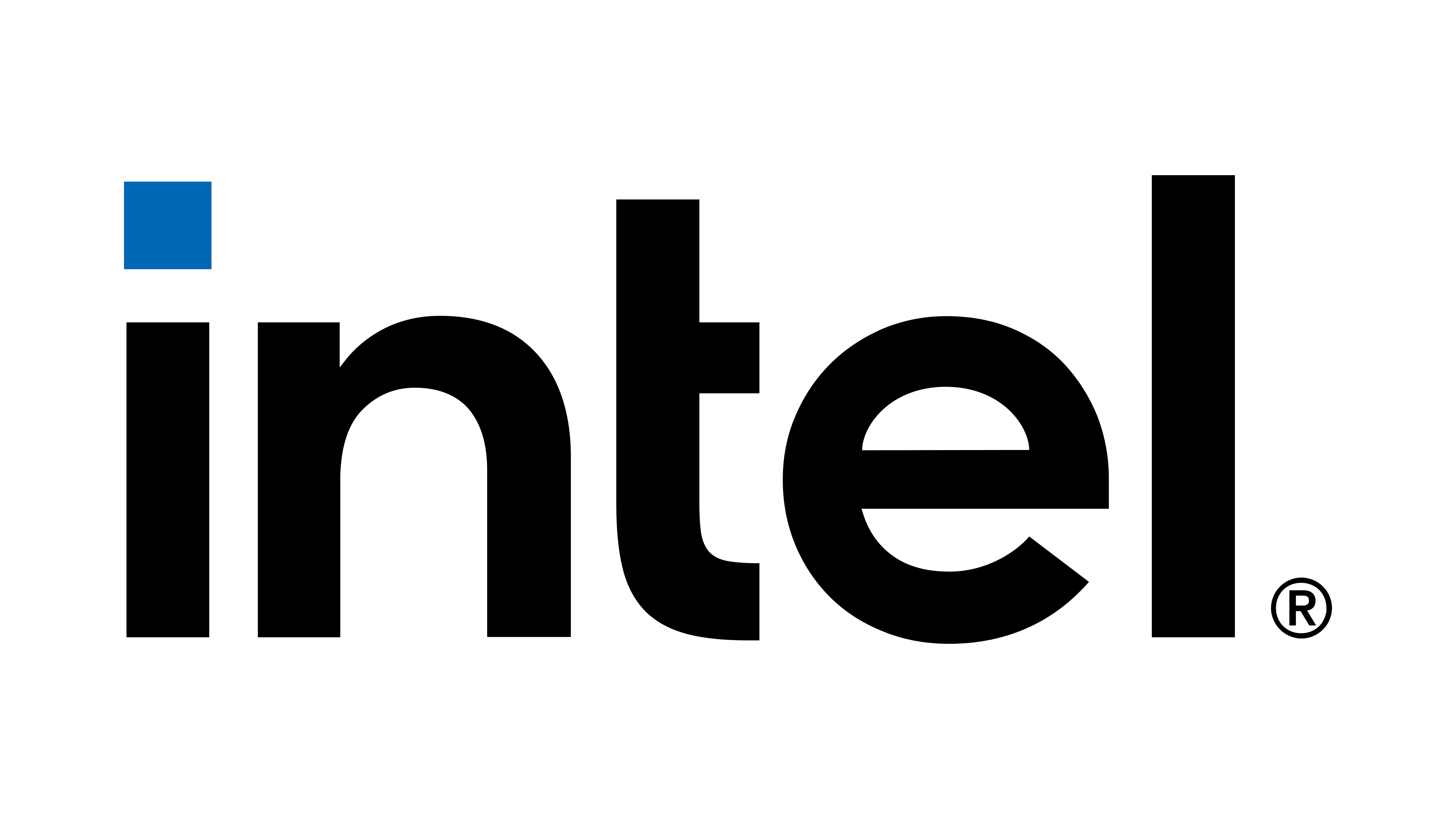Equity by Design
CASE STUDY: Intel is taking an engineering approach to diversity, making proactive adjustments early in the process lifecycle to achieve the desired results.


We have taken this approach to equity and inclusion for several years, starting in 2015 when we set a goal to achieve full representation in Intel's U.S. workforce by 2020. That means the company's workforce would reflect the percentage of women and underrepresented minorities available in the U.S. skilled labor market. We reached this goal two years early.
In 2018, we established our RISE goals: Responsible, Inclusive, Sustainable and Enabling. Our RISE goals include operational and supply chain goals and are also focused on further advancing the representation of women and underrepresented minorities in leadership and technical positions.
For example, in 2020, Intel set out to double the number of women and underrepresented minorities in senior leadership roles by 2030. We also have in place several initiatives around DE&I, including pay equity and actively supporting internal leadership councils and employee resource groups.
Perhaps even more impactful is our shift to equity by design, which parallels the way we address any other operational or design challenge in which the results are not meeting our expectations. This approach involves a proactive focus early in the lifecycle of a process to make adjustments that will yield a better result at the end. When you implement corrective actions at the end of a process, you have missed a crucial opportunity to have a sustainable and more meaningful impact.
In the context of DE&I, this translates to working with and developing managers to reduce or even eliminate potential bias in people processes and provide proactive opportunities for underrepresented employees to advance their careers and thrive.
Fairness in Promotion and Progression
At Intel, we have cultivated embedded practices around progression fairness, which allows us to ensure that people are promoted based on results, behaviors and the impact of their contributions to business success. To ensure fairness among the candidates for promotion, you must offer everyone similar opportunities on challenging projects so that they can build a track record of success over 12 to 18 months to demonstrate their readiness for a promotion.
We work with managers far in advance of that promotion moment to ensure that development, opportunities and compelling business challenges are being offered fairly and consistently to all employees—including, but not limited to, underrepresented minorities—and that the conditions are in place for all employees to deliver results and advance. While we provide them support and guidance, ultimately, our managers are responsible for helping the company drive fairness in progression opportunities. By taking a systems approach to reduce potential bias and create opportunities, the approach has become much more organic and embedded in the way we develop our people.
This is a quintessential engineering approach to solving a difficult problem. Yet many years ago, companies were more focused on the output at the end of the process rather than opportunities to address the problem much earlier. The first step was to recognize the limitations of our output-focused process and start analyzing and measuring to better understand the problem. The solution, as I mentioned, is to act earlier in the process lifecycle to ensure all the right systems are in place to achieve the desired result.
As we were setting additional goals around DE&I and developing new recruiting strategies, we quickly recognized that recruitment was only one part of the solution. We needed to be much more intentional about the systems in place for progression fairness, which in turn would lead to greater representation over time in our senior leadership roles.
We now track our progress with regular analytics and dashboards that expose our performance as an organization. We also correlate a robust set of employee performance indicators that reveal, for example, some high performers receiving special recognition bonuses and how long they've been in their current pay grade. We look for ways to explore with managers that their employees are being offered the right opportunities and challenges to grow and demonstrate their skills, contribution and impact.
A Trained Manager at the Core
At Intel, managers hold quarterly feedback conversations with each employee to discuss their performance, including goals and recent achievements. Managers also have tools to assess and discuss the behaviors that are expected of all employees, including specific behavioral expectations around inclusion.
This is the moment for managers and their direct reports to align on the most important things: What are the key results? What are the main projects they are focusing on, and how do they align to organization priorities? What results are expected, both in terms of behaviors and business outcomes?
We prompt the managers, we offer them training to develop their employees and we provide perspective and expectations on inclusion, diversity and equity. Every quarter we follow up to check in on progress. The key to our success is that the work is happening throughout the company, not just in HR. We're nudging the managers and enabling them to achieve our goals by offering resources for both managers and employees. We are acting as consultants to the managers, coaching them to consider and leverage all the resources available to provide the best opportunities and challenges for our employees.
As a result of our efforts, we are seeing more natural, organic outcomes without requiring HR to intervene late in the process. And there are other measurable benefits, including increased manager capability.
I wholeheartedly believe every manager wants to be a good manager. But all of us may have a bias of one kind or another. And there are a lot of demands and pressures on our managers—so many things that you must do and learn to be a good manager.
Rather than questioning our managers on why they aren't making the progress we expect, we provide ongoing guidance and resources to help them achieve Intel's DE&I goals. We have found that it is so much more effective—with so many additional benefits—to make sure the culture and systems we have in place will give the outcomes we want to see.
Our efforts are not sustainable unless we embed them in a system. Fundamentally, it is about building an entire culture system monitored through data and managed with actions.
 | Claudia Gilles is the vice president of human resources at Intel. |
An organization run by AI is not a futuristic concept. Such technology is already a part of many workplaces and will continue to shape the labor market and HR. Here's how employers and employees can successfully manage generative AI and other AI-powered systems.



